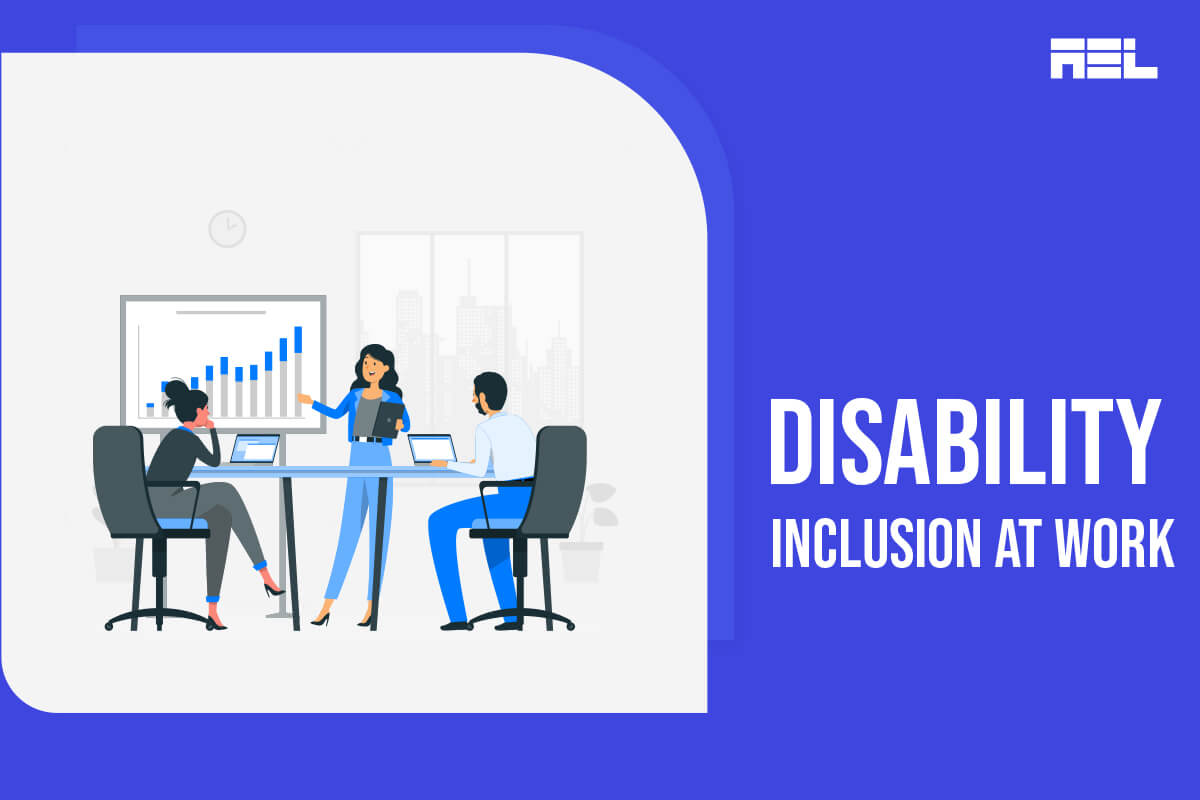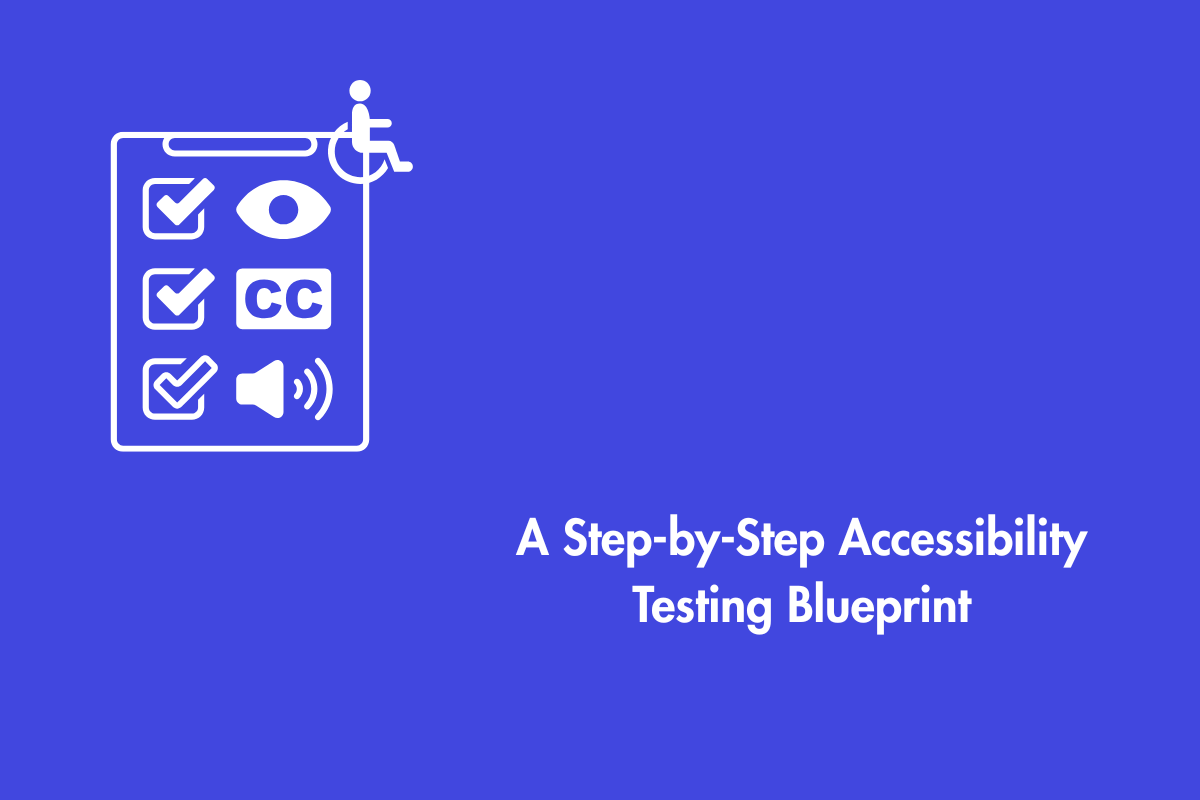In today’s increasingly digital and distant workplaces, it is vital to promote diversity and inclusion. In this blog, we will discuss some of the most critical concerns related to disability in the workplace. We will also talk about things companies can take to make the workplace more welcoming for all workers. Through advocacy for an accessible and inclusive workplace, businesses may increase employee morale, productivity, and longevity.
Table of Contents
What is disability inclusion at work?
It’s not enough to just hire people with disabilities to practice inclusion in the workplace. A diverse and inclusive workplace values each employee for who they are. To put it another way, it ensures that employees with disabilities (both visible and invisible) have the same opportunities for professional development as their peers. Recognizing and celebrating one another’s differences is essential to building a community where everyone feels welcome.
What’s the difference between visible and invisible disabilities?
There are various forms of disabilities. Some people may suffer a disability that is externally evident to others, whilst others will experience a disability with no or few externally visible signs. Some individuals may experience both visible and invisible disabilities.
A visit to any public place, one may find a person
- in a wheelchair or
- have difficulty walking or
- carry a white stick.
However, as you look around there may be equally as many, if not more, disabled people you cannot see. For example, they may have autism, a disabling mental health condition, or be living with significant chronic pain. They have an invisible impairment. A non-visible disability may have the same impact on a person’s life as a visible one.
Why does it matter?
Businesses must provide reasonable accommodations for people with disabilities.

One in four American adults has some form of disability, according to data from the Centers for Disease Control and Prevention. This encompasses both overt and covert impairments. Many people with impairments may already be working for you. Your company isn’t doing enough for its present workers if it doesn’t provide reasonable accommodations for people with disabilities.
Your recruiting practices must also be accessible to people with disabilities. Businesses that aren’t inclusive of people with disabilities risk missing out on talented workers. Candidates will turn elsewhere if they have difficulties applying to or interviewing with your company, or if they get the impression that you are not an inclusive workplace.
Businesses with effective disability inclusion initiatives attract and retain a more diverse and talented workforce. They have access to the resources necessary to ensure the success of their staff members.
1. Expand your talent pool
People with impairments constitute a considerable source of talent. They are also far less likely to be employed than their peers, despite their desire to do so. The overwhelming majority of persons with impairments seek employment. In 2018, just 33% of Americans with disabilities who were of working age engaged in the labor force. This is in contrast to the over 77% of Americans who do not have a handicap. Employers have access to nearly 10 million persons of working age by using this talent pool.
2. Strengthen your workforce
Inclusion of individuals with disabilities will boost your workforce:
- The inclusion of people with disabilities is essential to employee support.
- Employees want diverse and inclusive environments.
- Inclusion enhances morale and encourages all workers to do their best job.
- To help your staff, you need an inclusive disability program. Without disability inclusion, your organization’s employees will not prosper.
Creating an inclusive workplace may boost morale and culture in the company. It conveys an essential statement about the ideals of your firm.
Employees with and without disabilities are increasingly concerned about their workplace culture and feel it is crucial to help them succeed. According to research conducted by Deloitte, workers respect diversity and inclusion in particular.
When workers perceive that leadership actually owns the initiative to create a more inclusive workplace, they are more inclined to appreciate those leaders. And they are more prone to demonstrate organizational loyalty.
Inclusive approaches help individuals with and without impairments. Inclusion makes the workplace more tolerant and supportive of all workers. Employers with robust disability inclusion initiatives should anticipate more employee engagement across the board.
3. Build a more inclusive workplace
By taking an interest in one another’s thoughts and well-being, peers foster a sense of community. Leaders promote different perspectives and take steps to curb bad conduct in an effort to foster an environment where everyone feels welcome. Peers treat one another with dignity, and leaders promote dialogue, risk-taking, and criticism to foster an atmosphere of trust.
At AEL Data, we have a team of experts who will work with you to identify any issues on your website that may be preventing people with disabilities from accessing it. We will then provide recommendations for how to fix these issues and make your website more accessible.
Not only will our services help you reach a wider audience, but they will also improve the overall user experience for all of your visitors. By ensuring that everyone can easily access and navigate your website, you’ll be able to build trust and credibility with your customers.



